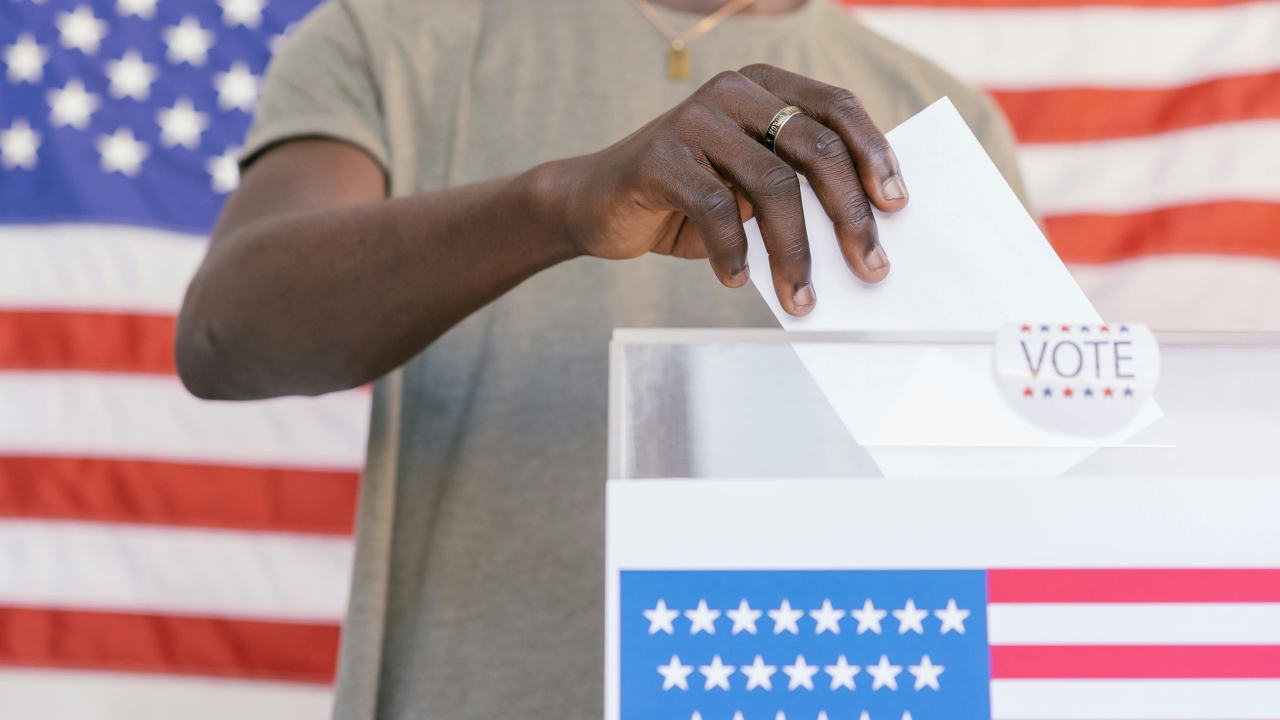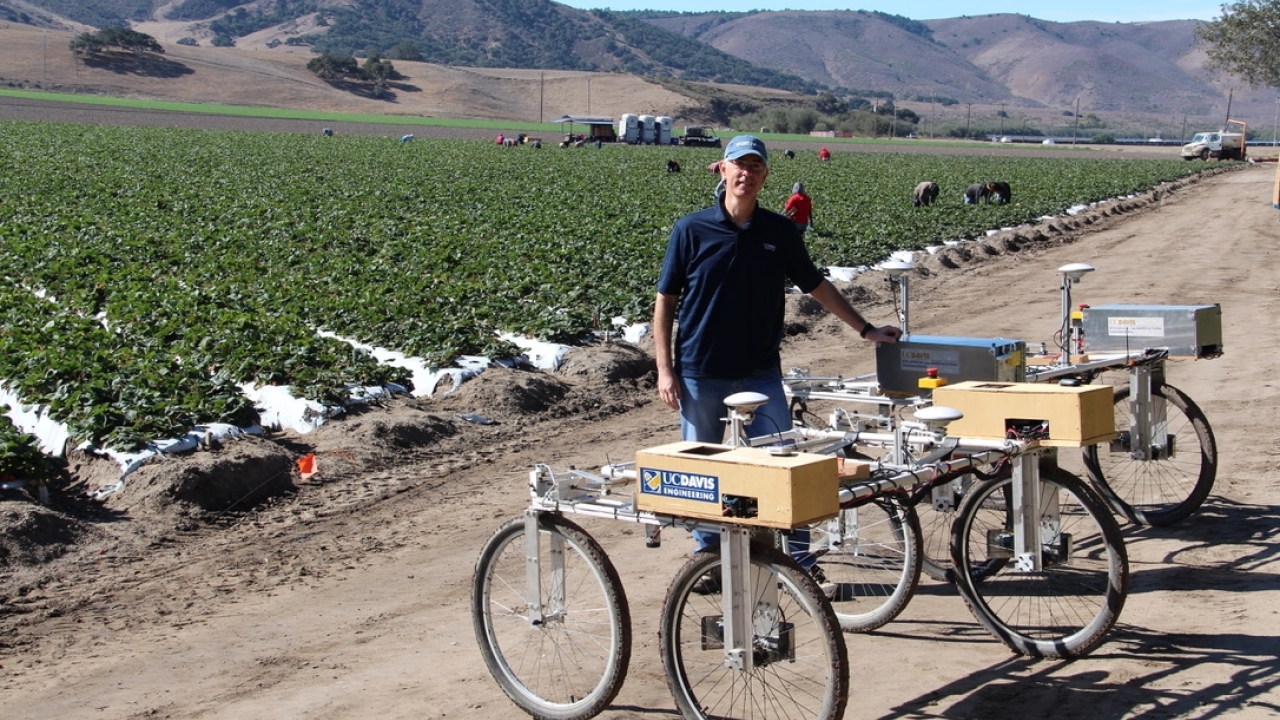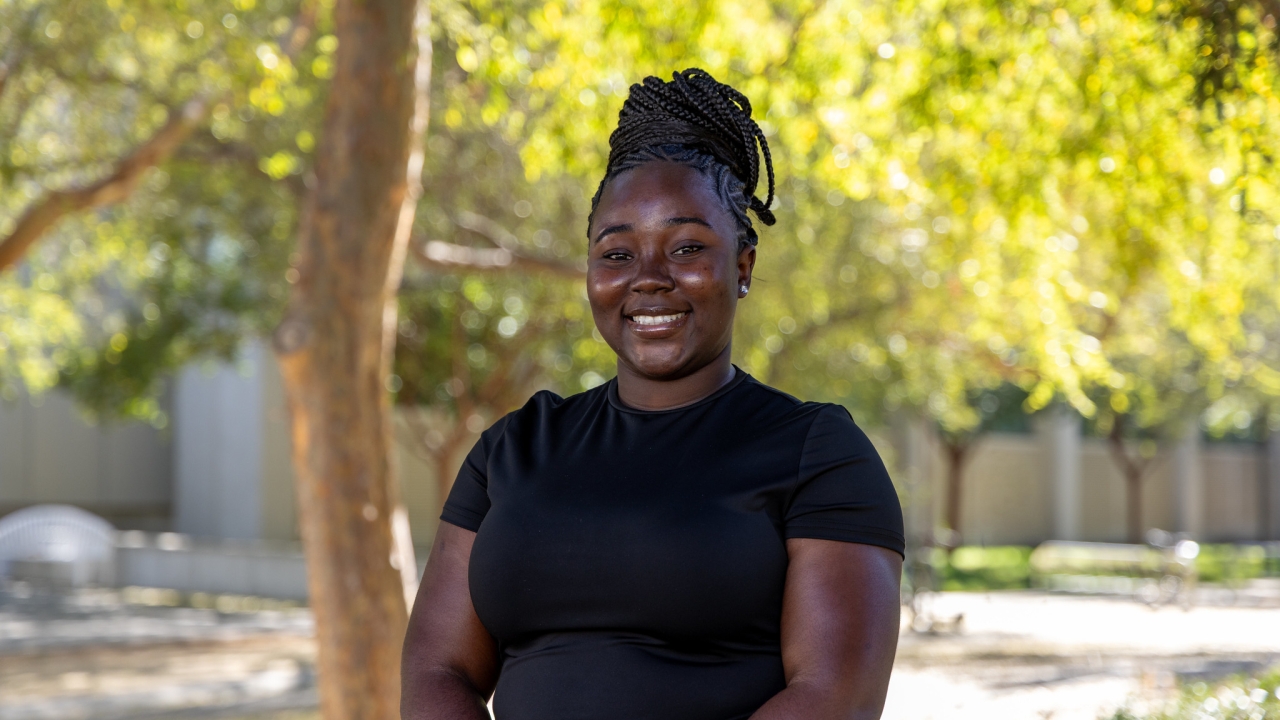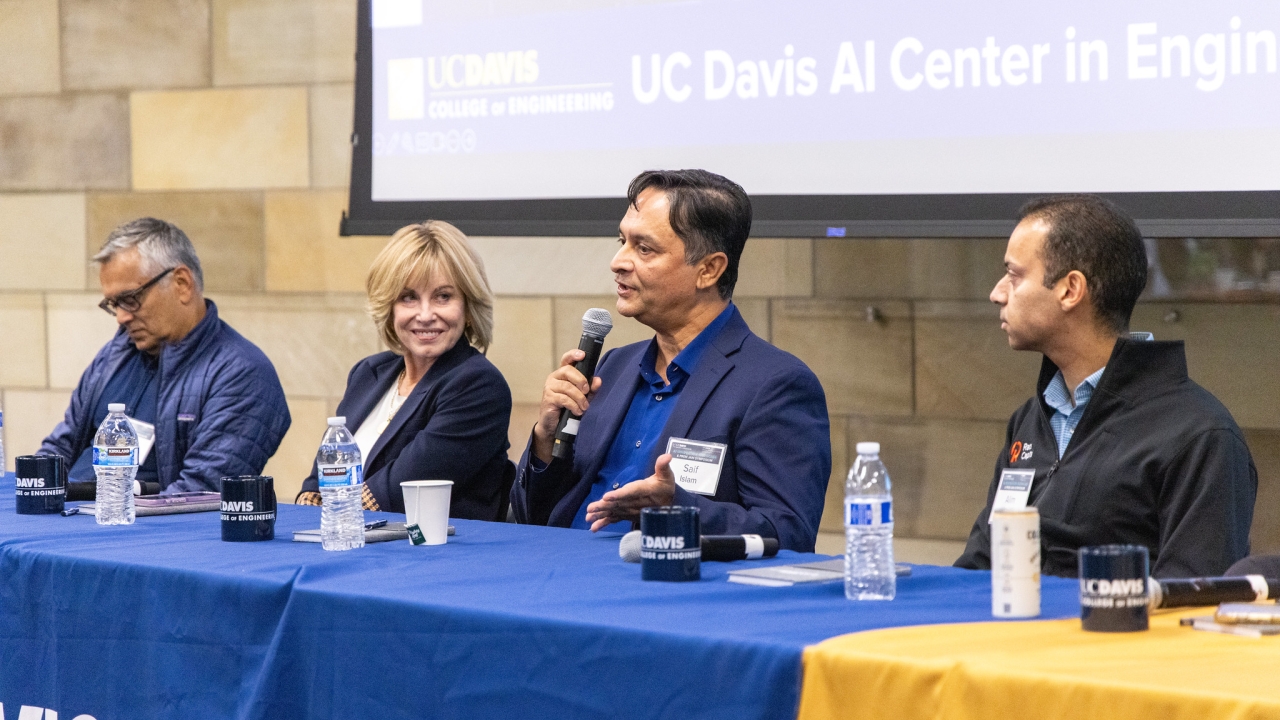
How Do We Secure Our Elections?
As the presidential election heats up, experts like Matt Bishop, a professor of computer science at the University of California, Davis, who specializes in cybersecurity, offer key insights on crucial questions for the 2024 election for UC Davis Magazine. How secure are our elections? Bishop weighs in.

Secure elections depend upon election officials running the elections, the voting mechanisms used to record, count and report totals, and the voters themselves, who cast the votes. Each state runs its part of the national election, and the results are combined to form the national popular and electoral votes. While all states follow broad principles, the details of how these principles are implemented among states vary.
The requirement of anonymity requires that no one, not even the voter, be able to prove how they voted. This makes auditing elections (which every jurisdiction does) difficult because one cannot contact a voter to verify their votes are recorded and cast as intended. So, audits check that the systems counting the ballots did so correctly. With paper ballots or, for electronic systems, "Voter-Verified Paper Audit Trails," the validation can be done manually: Select a set of ballots as required by state law, count them and check that the result matches the recorded totals. Otherwise, one must trust the voting systems to accurately recount the selected set of ballots.
The COVID pandemic led to the widespread adoption of mail-in voting. That has the advantage of forcing voters to mark their ballots as they intend, and physically mail the paper ballot to Election Central or hand-deliver the ballot to a voting center or polling station. The election officials check the signature on the envelope, then remove the ballot and count it. The main problem is someone being forced to vote a certain way, rather than the way they want to. At a voting center, the voter votes privately, so coercion is much harder. Except for that, the votes are as secure as the U.S. Mail (or voting centers) are.
The audit and checking of the signatures are examples of steps that make the entire election process as foolproof as possible. The key is the individual voter; if you do not vote, that guarantees your vote will not be counted!
Read more UC Davis expert perspectives on key election issues





